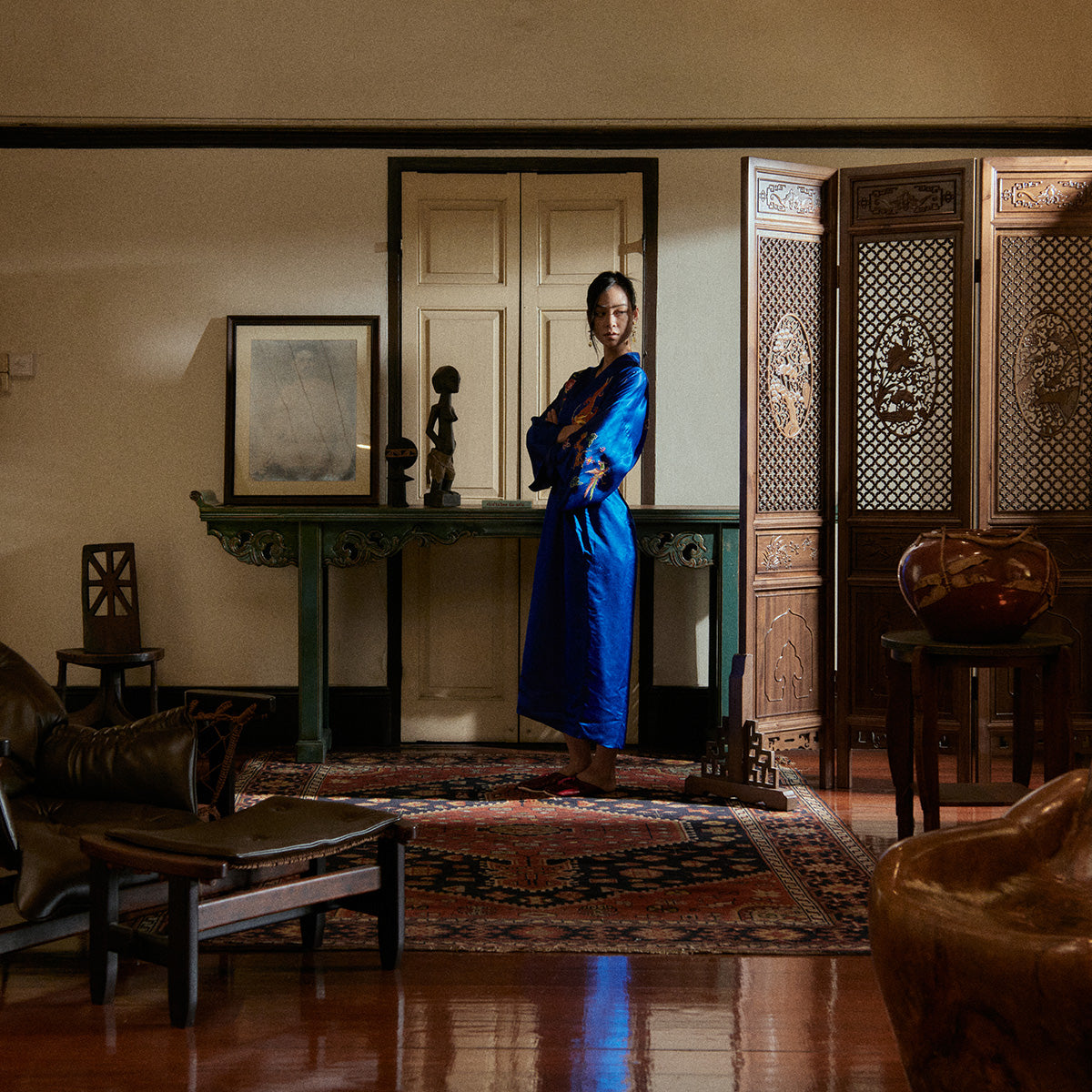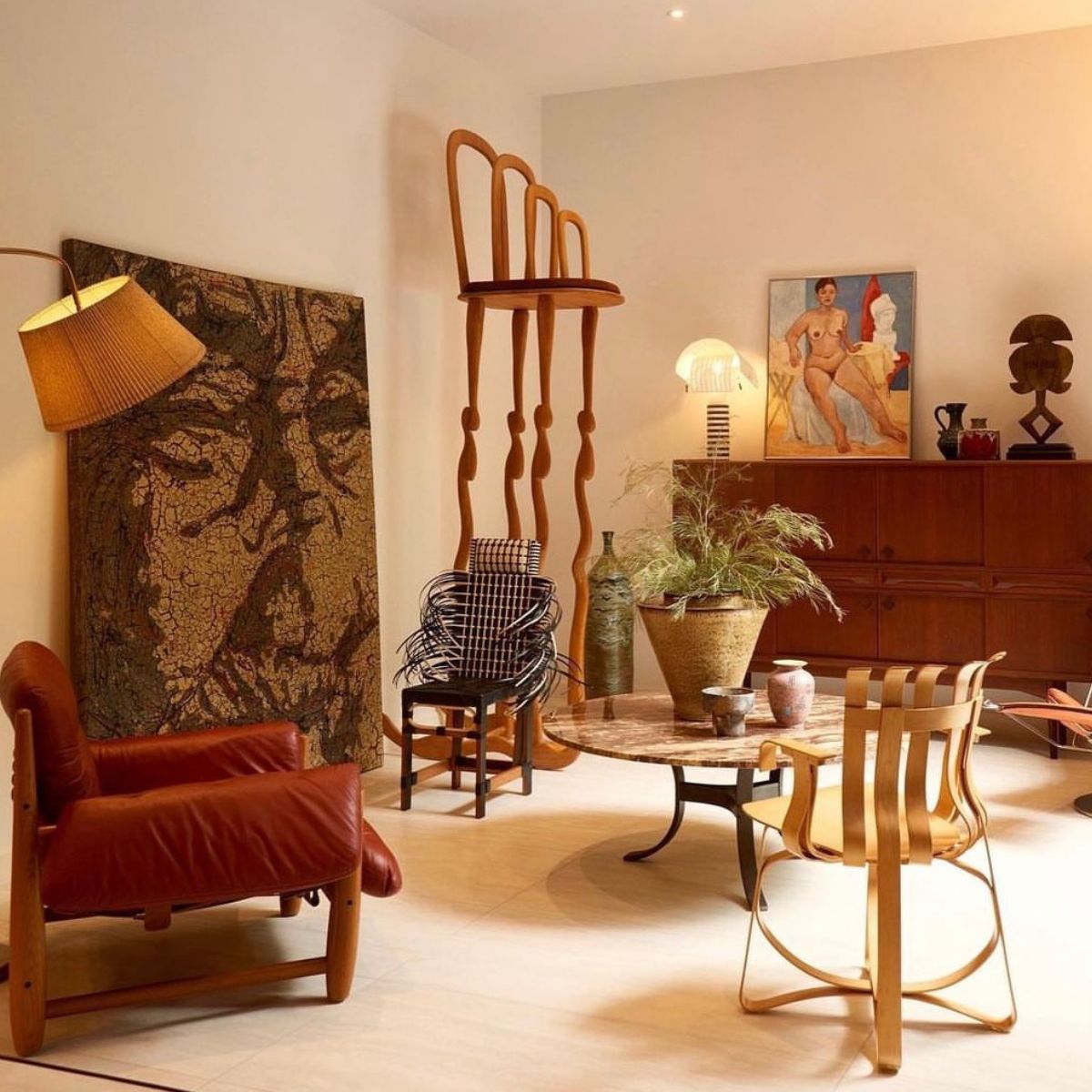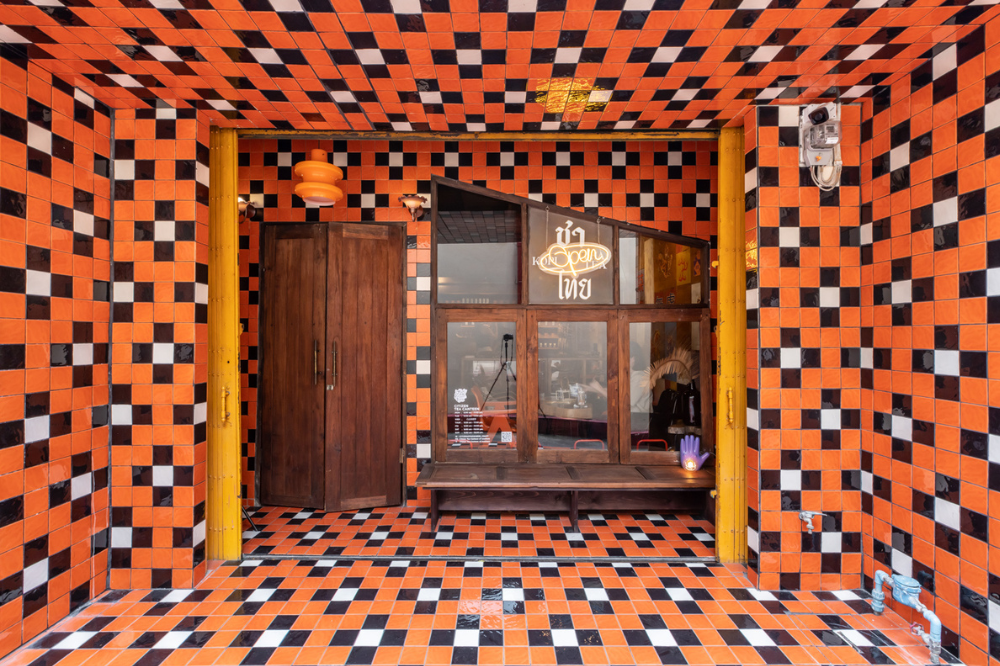Almost 4,000 years ago, our ancestors stumbled upon one of humanity's most important discoveries. As prehistoric blacksmiths began heating Iron with carbon-rich materials such as charcoal, steel was born.
It took until the early 19th century AD where research on erosion-resistant gun barrels led to the discovery of stainless steel. Ever since the breakthrough discovery, stainless steel has become a crucial material in our everyday lives.

Walk to your kitchen and you’ll find your pantry full of stainless steel, from cookware to cutlery, sinks, and countertops. For the medical industry, stainless steel is crucial in the production of medical devices and surgical instruments.
The same goes for your everyday appliances, as well as the automotive and construction fields. Perhaps it is this abundance that has rendered stainless steel a boring and emotionless material to some, but not for Oh!dinary.
Who would’ve thought that stainless steel would translate so well into a role as a furniture material? The truth is, neither did Oh!dinary, at least initially. But this quickly changed.

Above (Left): O!NO (Face) Table
Above (Right): LAMPARO!
Not so Coincidental Discovery
Set up in 2019 by founders Thinapa Poosuwan and Chawakorn Matupayont (Nune and Ter), Oh!dinary was originally launched as a design studio, but the turning point came when Rung, who already had operated a stainless steel factory, noticed something peculiar.
In her daily life, she noticed how the use of stainless steel around her, whether it may be in restaurants or as part of architectural projects, often felt bland and uninspired. For many of us, this may be but another wandering thought. But for both co-founders, this was their golden (or perhaps polished silver) ticket.
Nune and Ter pounced on the opportunity to do something not so ordinary, hence the name Oh!dinary, to transform a cold, industrial, and purely functional material into the purest expression of art and creativity.
But this transformation did not happen overnight. Overnight success is a result of years of hard work, and a crucial factor in Oh!dinary’s early success was the willingness to learn and adapt to the ever-fluctuating themes of business and interior design.

The pair started exclusively online, and Oh!dinary’s initial path to the limelight was slow and steady. From launching their website to slowly expanding their social media presence, these incremental steps laid the groundwork for the brand, bolstered by an openness to study the e-commerce market.
The turning point came as the pair further embedded themselves in exhibitions. Following their work with a design plant, where the brand was able to hone its craftsmanship, exhibitions allowed for Oh!dinary to extend its reach far beyond what e-commerce alone could have ever guaranteed.
However, exhibitions also pointed fingers at a burning issue: the design landscape isn't what it used to be.

Above: Oh!dinary warehouse & factory
Standing Out
Cafe culture in Thailand has gone through a renaissance period in recent years, with each establishment looking for that ‘it’ factor. Something to separate themselves as the beacon amongst a crowd. There is no question that competition breeds innovation, and this factor of competition is the perfect match for Oh!dinary’s mission to do something different. Something extraordinary.
The O!stool lineup, conceived during their freshmen years in the furniture industry, also served as the brand’s halo product. The stool is an example of a well-proportioned concoction of traditionalistic design cues, and a middle ground between functionalism and an intrinsic art value.
As with most of their products, it is function over form. What are customers looking for, and will the product satisfy their needs? Minimalism is yet one aspect of the modern design trend, but seldom does it translate to a unique design language.
For us to understand why the O! stool is so beloved by Nune and Ter, perhaps we have to dive a little deeper into Oh!dinary’s DNA. Simplicity is key, but it must be present alongside a multitude of other important aspects of design. The end product must be easily digestible, serve a purpose, possess a timeless design that transcends generations, and most importantly, it must demonstrate the craftsmanship and persistence poured into making the product.
No doubt stainless steel is the chosen canvas for Oh!dinary’s art, either due to their familiarity with it or due to how it stands out, but there must be another reason why the material is featured so prominently across their products.
Steel holds a distinct title of being a versatile material. It is tough, it will last a lifetime, and it doesn't mind a few bumps or bruises. You can wash it or leave it outside as a decorative piece on your front porch. This way, Oh!dinary’s essence and design characteristics stand the test of time, unyielding to the cadence of the clock.

Above: Tu Di Gong: Spirit of Earth, a reinterpretation of Chinese shrine
A New Addition
While steel remains their bread and butter, something was missing. Stainless steel distinctively represented Oh!dinary, but how could the humble Bangkok-based design studio represent Thailand from a global standpoint?
For countless centuries, the livelihood of Thai culture manifested itself through wood. And by partnering with a wood factory in northern Thailand, Oh!dinary created yet another canvas to inject their DNA into long-standing traditional Thai design, but it has to be done their way. To retain the minimalism, but conveyed through warmth and nature.
This led to the creation of the WOO!D stool, the middle ground between the O! and the O!VERSIZE stool, which earned its roses at the 2024 Asia Architecture Design Awards, recognised for the "Best Furniture Design" award.
This shift in material offered yet another glimpse into how the studio positions itself to its audience. Although undeniably a piece of art, each of the stools serves a purpose, whether it may be put to use or act as a display piece. At its core, Oh!dinary appeals to a modern lifestyle, but the versatility of their products ensures a multitude of uses.

Above (Left) : O!versize Stool
Above (Right): C! Bench Capsule / Mini C! Bench Capsule
Unorthodox Move
With each new addition to their resume, traditions were always kept near and dear, and always with enough wiggle room to continue to innovate. This culminated in their interpretation of the Chinese shrine, Tu Di Gong, a deviation from Oh!dinary’s other products, but a staple of many households in the Kingdom of Chinese descent nonetheless.
A new product type, closely related to faith and religion, offered yet another learning experience. As Nune shared, Thai people are specific when it comes to shrines, especially when their designs are traditionally set in stone. This meticulousness acted as the perfect framework for Oh!dinary to test out the waters for something new and challenging. To add a dash of minimalism to a traditional shrine, but without stripping any of its necessities.
It seems all too clear now what Oh!dinary stands for. Just looking at their name alone, the notion of normalcy is juxtaposed with something extraordinary. It's a play on words which just so happens to perfectly encapsulate their headspace when it comes to design.
The goal was always to offer an alternate view on something considered mundane, but elevated to a spectacular extent without shying away from traditions, craftsmanship, and passion.
Shop Oh!dinary now on Surroundliving.com




